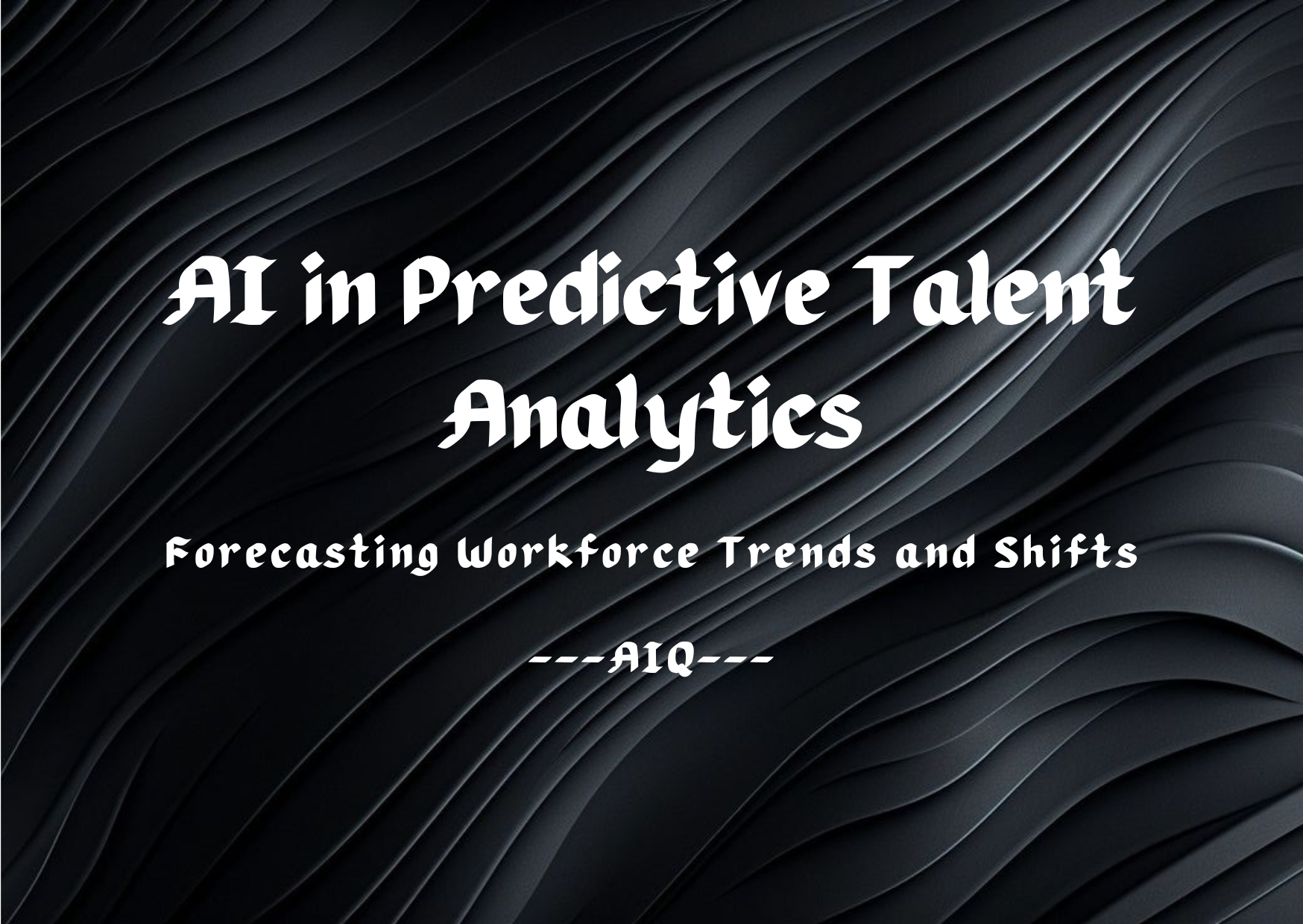25. AI in Predictive Talent Analytics: Forecasting Workforce Trends and Shifts
In the rapidly evolving world of work, the ability to predict and respond to talent trends is crucial for organizations seeking to maintain a competitive edge. Traditional methods of workforce planning often rely on historical data and may not fully account for emerging trends and market disruptions. Artificial Intelligence (AI) is transforming predictive talent analytics, offering forward-looking insights that can inform strategic hiring and workforce development initiatives. This article explores the role of AI in predictive talent analytics, providing organizations with the tools to anticipate and adapt to future workforce dynamics.
The Importance of Predictive Talent Analytics
Predictive talent analytics enables organizations to make informed decisions about recruitment, training, and workforce planning by identifying trends, potential disruptions, and areas of future demand.
AI’s Role in Predictive Talent Analytics
1. Market Trend Analysis
AI can analyze vast amounts of data from various industries to identify emerging market trends and predict their impact on talent needs.
2. Skills Gap Forecasting
AI can forecast future skills gaps within the workforce, allowing organizations to proactively address training and development needs.
3. Workforce Turnover Prediction
AI can predict employee turnover by analyzing factors such as job satisfaction, performance, and external market opportunities.
4. Demographic Shifts Monitoring
AI can monitor demographic shifts in the workforce and the labor market, helping organizations to plan for generational changes and diversity needs.
5. Technological Disruption Anticipation
AI can anticipate the impact of technological disruptions on the workforce, identifying which roles and skills may become obsolete or in demand.
6. Competitive Talent Landscape Mapping
AI can map the competitive talent landscape, providing insights into the strengths and weaknesses of an organization’s workforce relative to its competitors.
7. Regulatory and Policy Change Impact Assessment
AI can assess the potential impact of regulatory and policy changes on the workforce, allowing organizations to prepare for compliance and strategic adjustments.
8. Future Workforce Scenario Modeling
AI can model various future workforce scenarios based on different assumptions and trends, helping organizations to plan for a range of possible outcomes.
The Future of AI in Predictive Talent Analytics
As AI technology continues to advance, its capabilities in predictive talent analytics will become more sophisticated and real-time. Future developments may include AI-driven sentiment analysis from social media to gauge workforce sentiment, and the integration of AI with real-time labor market data for immediate insights.
Conclusion
AI’s integration into predictive talent analytics is a significant advancement for organizations seeking to navigate the complexities of the modern workforce. It offers a data-driven approach to anticipating future trends and shifts, enabling strategic planning and proactive decision-making. By leveraging AI, organizations can ensure that they are prepared for the future of work, with a workforce that is adaptable, skilled, and aligned with emerging opportunities.
